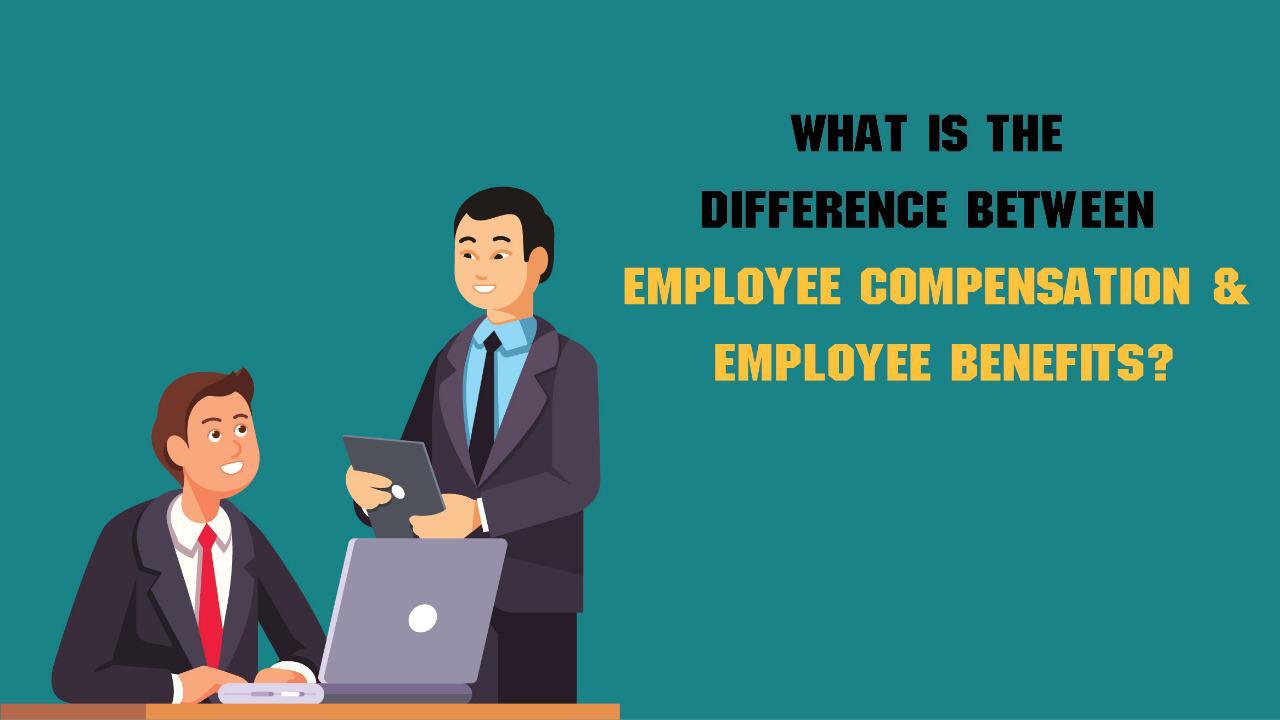
In the world of talent management, employee compensation and employee benefits are two critical components that play a vital role in attracting and retaining top talent. While both are key elements of a comprehensive employment package, they serve different purposes. Compensation refers to the direct monetary payments employees receive for their work, such as salaries, bonuses, and commissions. Benefits, on the other hand, encompass non-monetary perks like health insurance, retirement plans, and wellness programs.
The distinction between these two is essential for employers and employees alike. For organizations, compensation is a tool to reward performance and maintain market competitiveness, while benefits help build long-term loyalty and satisfaction. Employees, meanwhile, often weigh both when evaluating the true value of a job offer, as benefits can greatly enhance their overall quality of life and work experience.
Over time, both compensation and benefits have evolved dramatically to meet changing workforce expectations. From simple wage-based systems to personalized packages, the way organizations approach these elements reflects broader economic, cultural, and technological shifts. Today’s workforce demands more than just a paycheck—they seek purpose, flexibility, and holistic support from their employers.
What’s on this page?
What is Employee Compensation?
At its core, employee compensation refers to the direct financial remuneration employees receive in exchange for their work. This includes salaries, wages, bonuses, commissions, overtime pay, and equity options. Compensation is structured to provide immediate financial reward, reflecting an employee’s role, skills, and performance.
Over the years, compensation has evolved significantly. Initially, pay structures were simplistic, tied directly to hours worked or outputs delivered. With the rise of corporate structures in the mid-20th century, organizations adopted more standardized pay scales. The late 20th century saw a shift to performance-based compensation, rewarding individual contributions to organizational success.
Today, compensation is increasingly personalized and flexible. Globally, trends like equity-based pay (e.g., stock options) and retention bonuses are commonplace, especially in tech and startup ecosystems. In India, innovative practices such as ESOPs and gig economy pay structures are becoming widespread, reflecting the growing need for competitive, employee-centric pay models.
What are Employee Benefits?
In contrast, employee benefits encompass all non-monetary offerings provided to employees. Traditionally, these included health insurance, retirement plans, and paid time off. However, modern benefits go beyond these basics to address the holistic needs of employees. Examples include mental health resources, financial wellness programs, flexible work arrangements, and professional development opportunities.
The evolution of benefits reflects changing workforce demographics and priorities. Earlier, benefits were seen as mere add-ons, but they are now integral to a company’s value proposition. Millennials and Gen Z employees, in particular, prioritize work-life balance, purpose, and flexibility over traditional perks. Globally, companies have responded by offering wellness programs, remote work policies, and paid parental leave. In India, organizations are adapting with offerings such as daycare services, telemedicine access, and wellness camps.
The Evolution of Compensation and Benefits: Adapting to Workforce Expectations
Both compensation and benefits have evolved alongside shifting workforce expectations. Today’s employees want more than just a paycheck—they seek value in their work and a supportive workplace ecosystem. Organizations are adapting by crafting tailored packages that balance global trends with local needs.
For example, the younger workforce places high value on mental wellness programs and flexible schedules. Indian organizations have begun offering innovative solutions such as sabbaticals, diversity and inclusion programs, and financial literacy workshops to attract and retain talent. These trends reflect the strategic role that compensation and benefits play in fostering employee engagement, satisfaction, and loyalty.
Why do employee compensation & benefits matter?
For organizations, the distinction and balance between compensation and benefits is crucial. While compensation is essential for attracting talent, benefits are key to retaining them. Together, they form a comprehensive strategy to meet the needs of an evolving workforce. Companies that adapt their offerings to reflect changing trends will not only retain top talent but also create a motivated and engaged workforce ready to drive organizational success.
For employees, understanding the full scope of compensation and benefits is equally important. It enables them to evaluate job offers effectively, ensuring that their personal and professional needs are met.
Conclusion
Employee compensation and benefits are no longer just tools for transactional employment—they are strategic levers for organizational growth and employee satisfaction. As the workplace continues to evolve, both employers and employees must stay informed about these changes to thrive in an ever-competitive job market.
Frequently Asked Questions (FAQs)
- What is the primary difference between employee compensation and employee benefits?
Employee compensation refers to the direct monetary payment employees receive for their work, such as salaries, bonuses, and commissions. Employee benefits, on the other hand, are non-monetary perks like health insurance, retirement plans, and wellness programs that enhance employees’ overall well-being and satisfaction.
- How has employee compensation evolved over the years?
Compensation has transitioned from basic wage-based systems to more sophisticated models like performance-based pay and personalized packages. Today, flexible compensation options, such as equity-based pay (e.g., ESOPs) and retention bonuses, are increasingly common, reflecting the need to align with modern workforce expectations.
- What are some examples of modern employee benefits?
Modern employee benefits include mental health support programs, telemedicine access, flexible work arrangements, professional development opportunities, financial wellness workshops, and wellness app subscriptions. These go beyond traditional benefits like health insurance and retirement plans to address holistic employee needs.
- Why is it important for organizations to balance compensation and benefits?
Balancing compensation and benefits helps organizations attract and retain top talent. While compensation provides immediate financial rewards, benefits create long-term loyalty and enhance employee satisfaction. Together, they form a strategic approach to building a motivated and engaged workforce.
- Are compensation and benefits trends different in India compared to global practices?
While global practices focus on perks like unlimited leave, remote work policies, and equity-based pay, India has seen an increase in innovative benefits such as daycare services, telemedicine, and wellness camps. However, many global trends, like mental health programs and ESOPs, are also gaining traction in India.